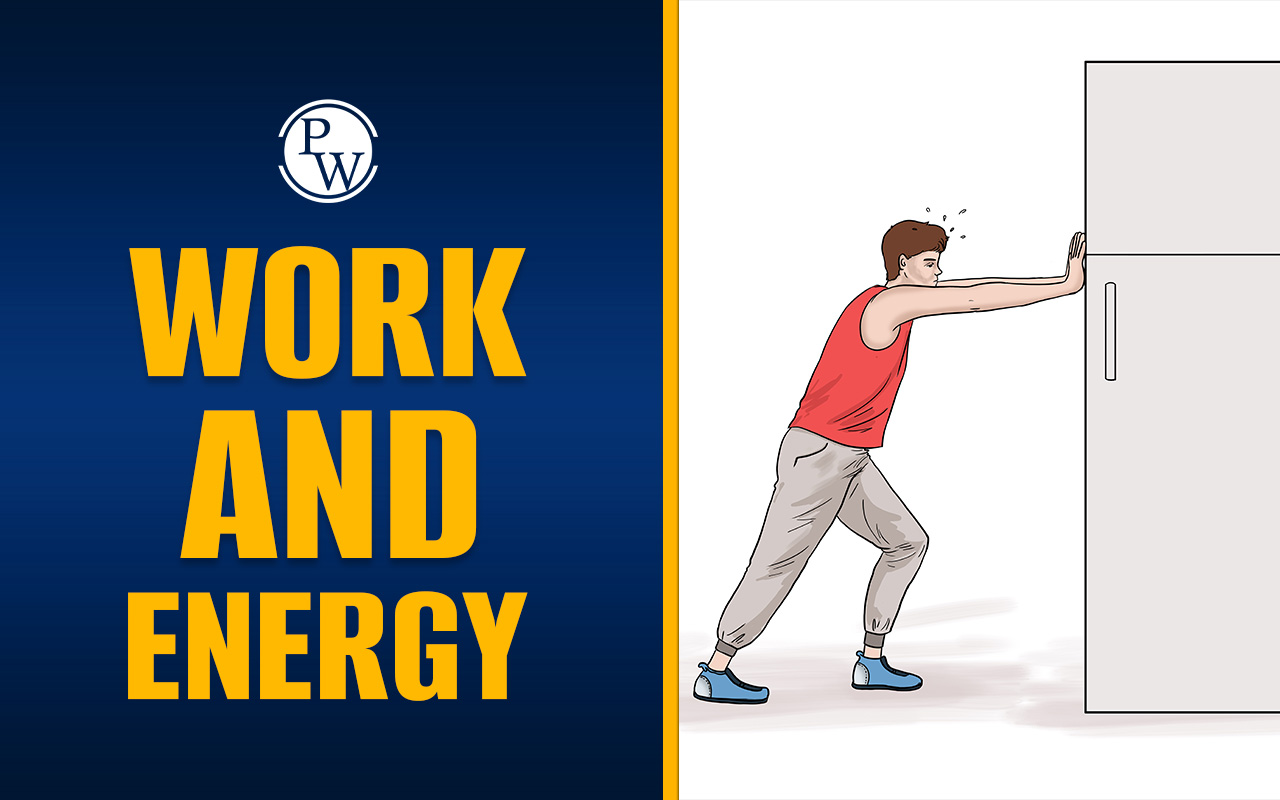
Structure of Atom: Have you ever wondered what makes up every matter around us? It's the atoms. However, atoms are not the tiniest particles; they also have an intricate internal structure that distinguishes one matter from another.
The structure of an atom explains how elements interact, bond, and form everything. This blog introduces you to the atom structure with a close view of its internal design to give you a clear and comprehensive understanding of how these particles shape our material world.
Read More: What is Photosynthesis?
What is an Atom?
An atom is the smallest unit that a matter is composed of. Atoms combine to form molecules, making up all the substances we see around us. Although the atoms are incredibly tiny, they also consist of several smaller particles defining the atom's structure. All the atoms of an element have the same atomic structure, which characterizes its properties.
Structure of Atom
To define atomic structure, we must understand the configuration of subatomic particles inside the atom. The atomic structure consists of two main parts as follows:
-
Nucleus: It is the central part of the atom and contains two types of particles: protons and neutrons.
-
Electron Shells or Orbitals: It is the region surrounding the nucleus where another type of particle (electrons) are found that revolve around the nucleus in different paths called shells.
The Basic Components of an Atom Structure
The structure of an atom refers to the arrangement of its core particles, which are as follows:
-
Protons: These are particles inside the nucleus of an atom that carry positive charges. The number of protons in an atom varies from one element to another.
-
Neutrons: These are particles in the nucleus that have no charge. Neutrons help stabilize the nucleus and add mass to the atom.
-
Electrons: Electrons are negatively charged particles around the nucleus in different orbits or shells. They have very little mass compared to protons and neutrons, but they are the main components that form chemical bonds with other atoms to form molecules.
An atom contains the same number of protons and electrons. Since protons are positively charged and electrons are negatively charged, they neutralize each other, and the atom as a whole doesn't contain any charge.
Theories Related to Structure of Atoms
Scientists have developed various models to explain the structure of an atom. Here are some key developments:
Dalton's Atomic Theory (1803)
John Dalton suggested that atoms are indivisible, which means they can't be broken down further. While this was the first step in understanding atom structure, we now know atoms comprise smaller particles.
Thomson's Model (1897)
J.J. Thomson discovered that atoms contain electrons which were embedded in a positively charged zone. This model was discarded later.
Rutherford's Model (1911)
Ernest Rutherford discovered that the atom has a positively charged nucleus, and electrons rotate around this nucleus.
Bohr's Model (1913)
Niels Bohr suggested that electrons revolve around the nucleus in different orbits or shells.
Quantum Mechanical Model
Schrödinger and Heisenberg developed this model. This theory says that electrons present in "clouds" or "orbitals" rather than fixed paths. It is the most accurate representation of atomic structure and forms the basis of modern chemistry.
Read More: Living Things & Non-Living Things
Understanding the Shells for Electrons
The chemical nature of an element is greatly influenced by the arrangement of its electrons in different orbits. As explained by the Bohr model and modern quantum theory of atom structure, electrons in an atom exist in different shells. The different shells are denoted as K, L, M, N, etc. There is a rule that states how many maximum numbers of electrons a shell can hold. It is as follows:
-
First shell (K): Maximum 2 electrons
-
Second shell (L): Maximum 8 electrons
-
Third shell (M): Maximum 18 electrons
-
Fourth shell (N): Maximum 32 electrons
For example, Chlorine has 17 electrons, which are arranged in three shells:
K shell (2 electrons), L shell (8 electrons) and M shell (7 electrons)
The number of electrons in the outer shell determines how atoms of an element form the chemical bonding with other atoms and engage in chemical reactions.
Atomic Number and Mass Number
Every element has a unique atomic number and mass number, which depend on the structure of its atom. These numbers are important because they help to identify an element and its properties. The definition of these numbers are as follows:
Atomic Number: It refers to the number of protons present in an atom of the element.
Mass Number: The sum of the number of protons and neutrons in the atom's nucleus is called the mass number of an element.
Read More: Three States of Matter- Solid, Liquid and Gas
Examples of Atomic Structure
Different elements have different atomic structures, with subatomic particles varying in number and configurations. Let's understand the atom structure of elements through the following examples:
Hydrogen (H)
-
Protons: 1
-
Neutrons: 0
-
Electrons: 1
-
Atomic number: 1
-
Mass number: 1
A hydrogen atom has one proton in the nucleus and one electron in the first shell (K). It has the simplest atomic structure.
Oxygen (O)
-
Protons: 8
-
Neutrons: 8
-
Electrons: 8
-
Atomic number: 8
-
Mass number: 16
An oxygen atom has 8 electrons arranged as 2 shells. The first shell (K) contains 2 electrons, and the second (L) has 6 electrons.
Sodium (Na)
-
Protons: 11
-
Neutrons: 12
-
Electrons: 11
-
Atomic number: 11
-
Mass number: 23
Sodium has 11 electrons arranged in three shells. The K shell contains 2 electrons, the L shell has 8 electrons, and the outermost shell, M, contains 1 electron.
Also read: What is temperature?
How Atomic Structure Determines the Properties of Elements?
The structure of an atom, especially the number and arrangement of electrons, plays a big role in determining the element's properties. Let's explain in detail:
-
The atomic number or the number of protons is the identity of an element. Atoms with the same number of protons denote the same element.
-
The atomic structure decides the physical properties of an element, such as conductivity, melting point, etc.
-
The distribution of electrons, especially the number of electrons in the outermost shell, impacts the reactivity of an element with other elements.
-
The electron configuration decides how atoms of different elements form chemical bonds with each other to form molecules and compounds.
Understanding the atomic structure has been an interesting journey, starting from early models that viewed atoms as indivisible to the concept of subatomic particles. These tiny particles forming the structure of atoms are the primary components that decide how elements exist, behave, or react with other elements.
Turn Your Child’s Science Struggles into Curiosity with Curious Junior Live Classes
Science often feels confusing to young learners when they struggle to connect with the subject or understand its concepts. Curious Junior Online Science Classes solve this by making science engaging and enjoyable for students from Classes 1 to 8.
Why Choose CuriousJr Live Science Classes?
-
Interactive 6-Day Live Sessions: Each session is structured to keep students actively involved through discussions and activities, making learning both easy and fun.
-
Dual Mentorship Support: One teacher focuses on explaining concepts clearly, while the other offers personal support to help your child learn better.
-
Concept-Based Learning: Lessons are rooted in real-life applications to help children truly understand and relate to scientific principles.
-
Fun-Filled Activities: With regular quizzes, creative tasks, and playful tools, students remain motivated and curious throughout their learning journey.
-
Parental Involvement: Parents get regular updates on their child's progress, helping them support learning at home effectively.
At CuriousJr, we make every science lesson an exciting and enriching experience that sparks curiosity, boosts confidence, and fosters a love for learning. Book a demo class today and let your child explore science with more focus, creativity, and interest!
Structure of Atom FAQs
Can two atoms have the same atomic number but different mass numbers?
How do atoms combine with other atoms to form molecules?
What is the atomic configuration of a molecule of water?
What is the specialty of the atomic structure of noble gases?









